The English word ‘profane’ comes from the Latin word profanus ‘in front of the temple’, and so means secular and not sacred.
Additional photos taken that night are here: A Night at the Museum - Sacred Arts
Here are some art objects that caught my eye that evening over the course of an hour or so. By no means is this any more than a quick selection of photos.
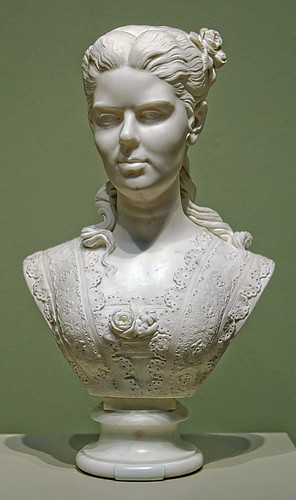
"Portrait of a Woman", by Edmonia Lewis, 1873

"Magnolia", by Martin Johnson Heade, ca. 1885-1895
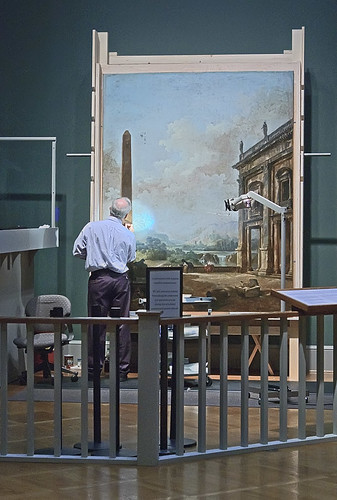
Art conservator at work.

"Sadak in Search of the Waters of Oblivion", by John Martin, 1812
This has long been one of my favorites, and is a mixture of Romanticism and Orientalism. In the story from which this painting derives, Sadak successfully achieves the Waters of Oblivion, rescues his wife, and is crowned Sultan.
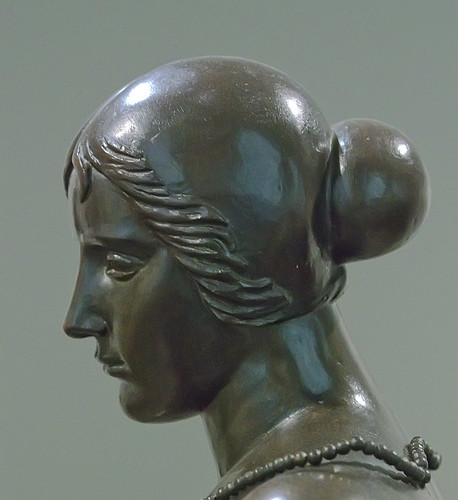
I neglected to record the information on this bronze statue. I think it is of Venus.
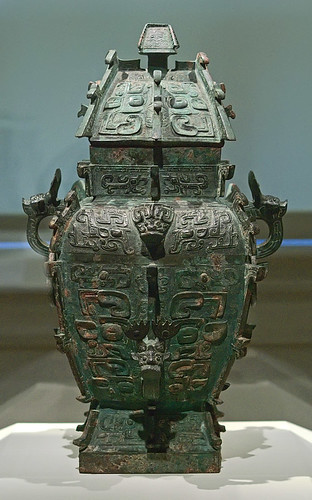
Bronze wine vessel, Chinese, Western Zhou dynasty, late 11th century B.C.

Paper screen, "Flowers and Plants of the Four Seasons", Japanese, Edo Period, 18th century
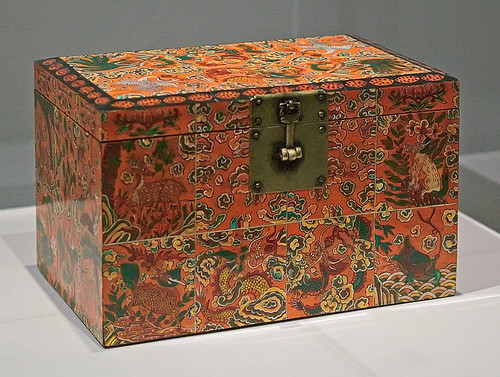
"Box with Design of Auspicious Motifs", Korean, Joseon dynasty, late 18th-early 19th century
Auspicious is a word that nowadays is almost solely used when translating words from East Asian languages, typically with the meaning of ‘favorable’. But auspicious derives from the Latin word auspex ‘observer of birds’, denoting a type of animal divination.
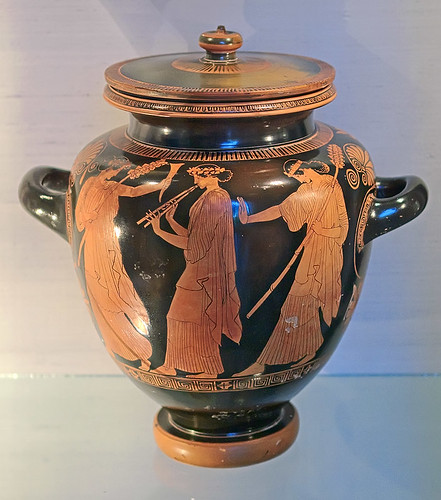
Terracotta, "Footed Jar with Dancing Maenads", Greek, attributed to the Chicago Painter, ca. 450 B.C.
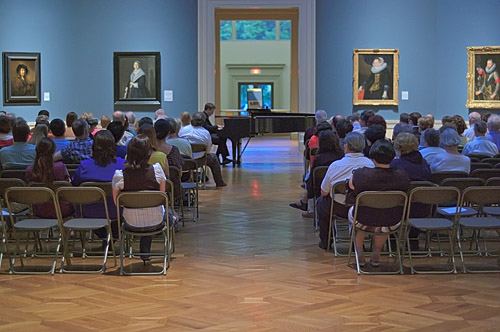
Piano recital.
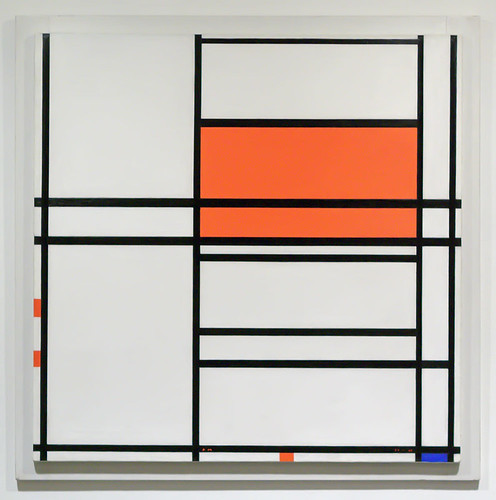
Oil painting, "No. 4", Piet Mondrian, Dutch, 1938-1942
Whenever I start liking Modern art, I feel like I ought to go to Confession!
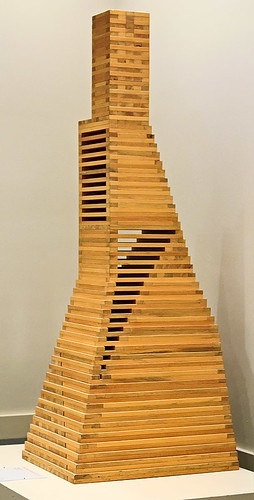
Sugar pine sculpture, "Trid", by Jackie Ferrara, American, 1978
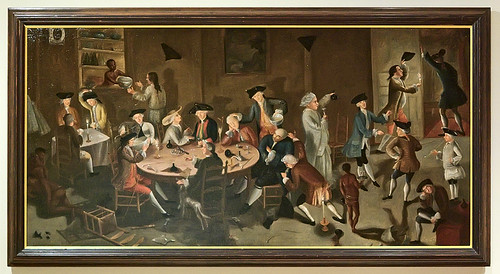
Oil painting, "Sea Captains Carousing in Surinam", by John Greenwood, American, ca. 1752-1758
Another boyhood favorite, a classic on par with Dogs Playing Poker.

Lamp of glass, brass, and marble, "Overlay Lamp", by Boston and Sandwich Glass Company, American, 1865
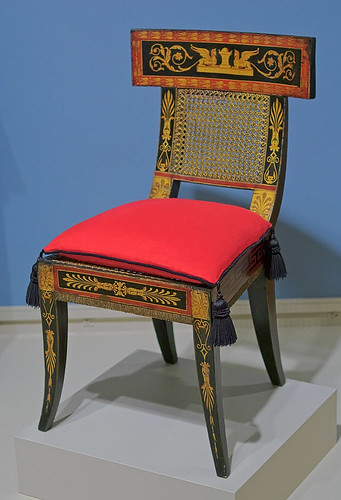
Chair, by Benjamin Henry Latrobe and George Bridport, American, 1808
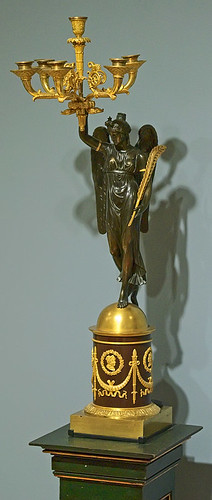
Gilded bronze candelabra, French, ca. 1804-1815
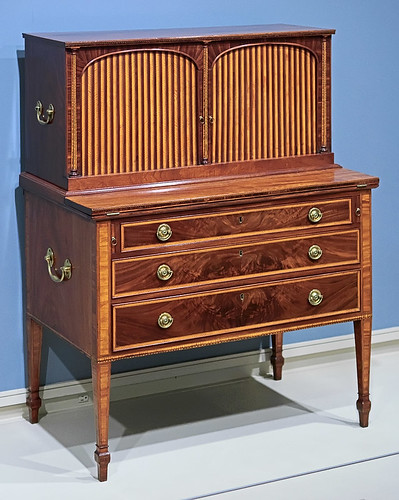
Tambour Desk, attributed to Thomas Seymour, American, ca. 1810
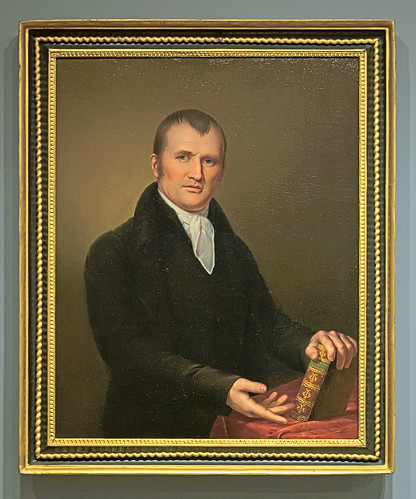
Oil painting, "Portrait of a Boston Clergyman", by James Peale, American, 1811

Earthenware bread plate with inscription "Waste not want not.", by A.W.N. Pugin, made by Minton Factory, English, ca. 1850
A.W.N Pugin was a brilliant architect and Catholic convert, who figured strongly in the Gothic Revival movement. His statement that “the degraded state of the arts in this country is purely owing to the absence of Catholic feeling” is both demonstrable and is a frequent topic on this website.
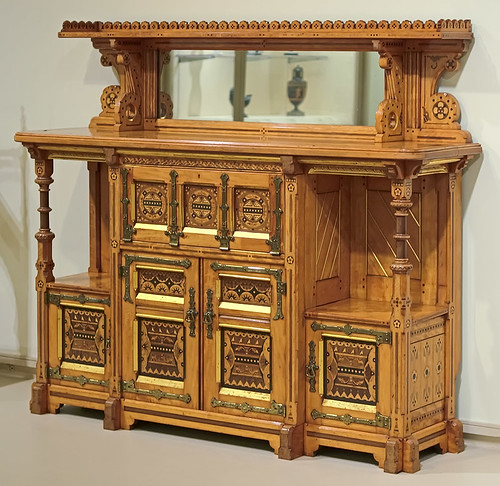
Wood cabinet, by Charles Bevan, made by Marsh and Jones, Leeds, England, ca. 1865

Fall-front desk, made by Charles-Joseph Lemarchand, French, ca. 1800-1805
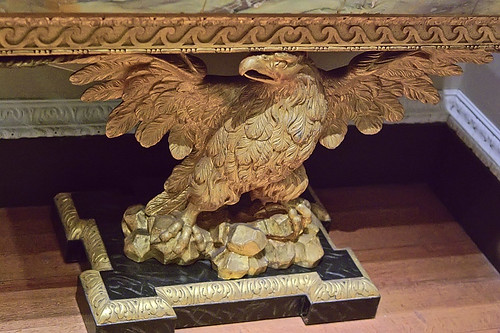
Console table, English, ca. 1740
This last object is in one of several period rooms, which show furniture in context of a fashionable room of an era.

Wood cabinet, by Charles Bevan, made by Marsh and Jones, Leeds, England, ca. 1865

Fall-front desk, made by Charles-Joseph Lemarchand, French, ca. 1800-1805

Console table, English, ca. 1740
This last object is in one of several period rooms, which show furniture in context of a fashionable room of an era.
I would have taken more photos, but the museum was closing.
You can see my other photos at the museum here:


What a gorgeous, thought-provoking site. Did you know, by the way, that Edmonia Lewis was a Catholic? She made a bust of New York Bishop McClosky, at least two Madonna and Child statues, and a couple of saints.
ReplyDeleteMarilyn, thank you for letting me know!
ReplyDeleteJulia said...
ReplyDeleteI'm here from the Edmonia Lewis post.
It's so great that we have one of her works right here in St Louis.
Great photos. I really like the Korean box and all the Catholic art. It does seem strange to see these things in a secular building.